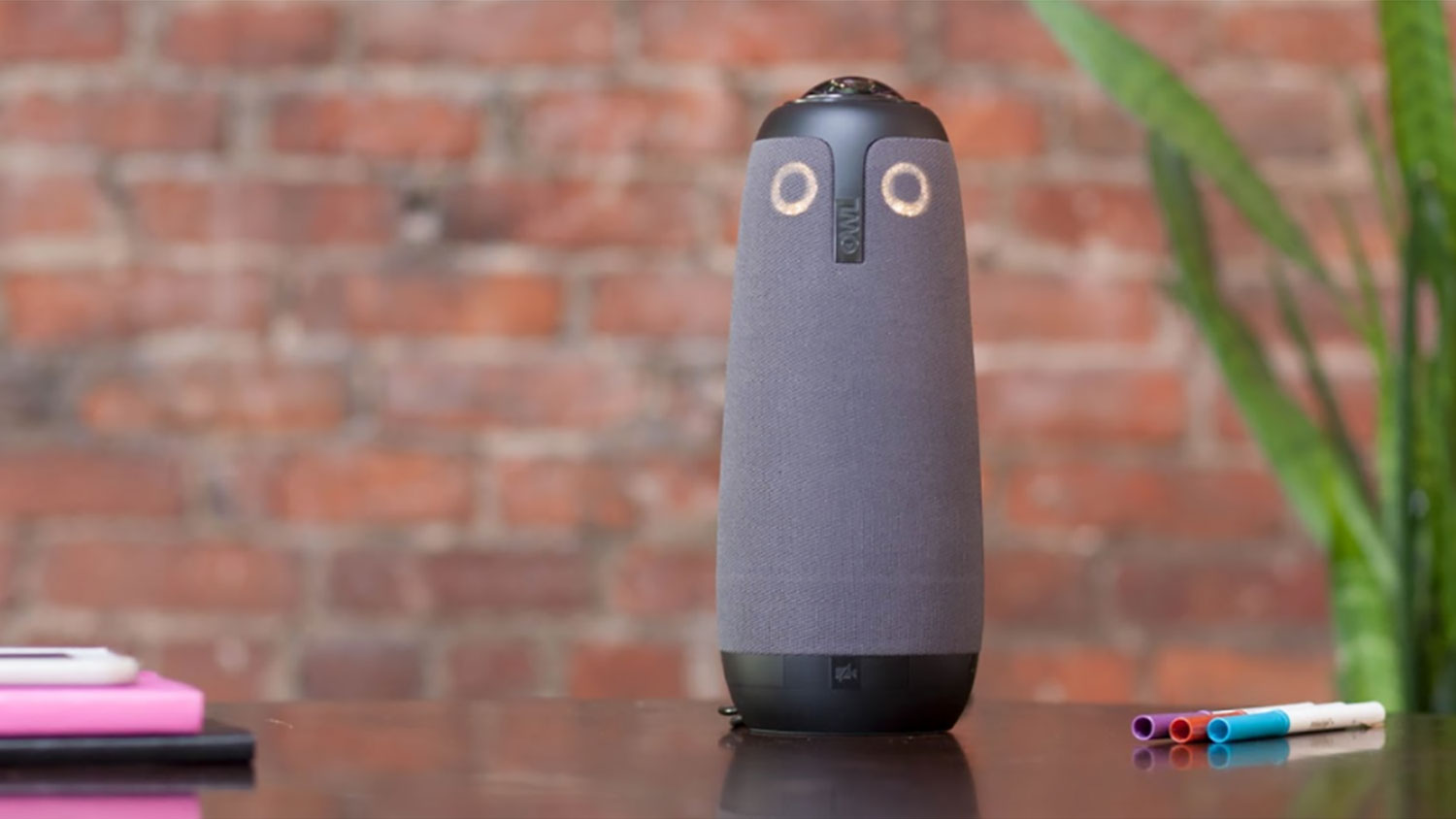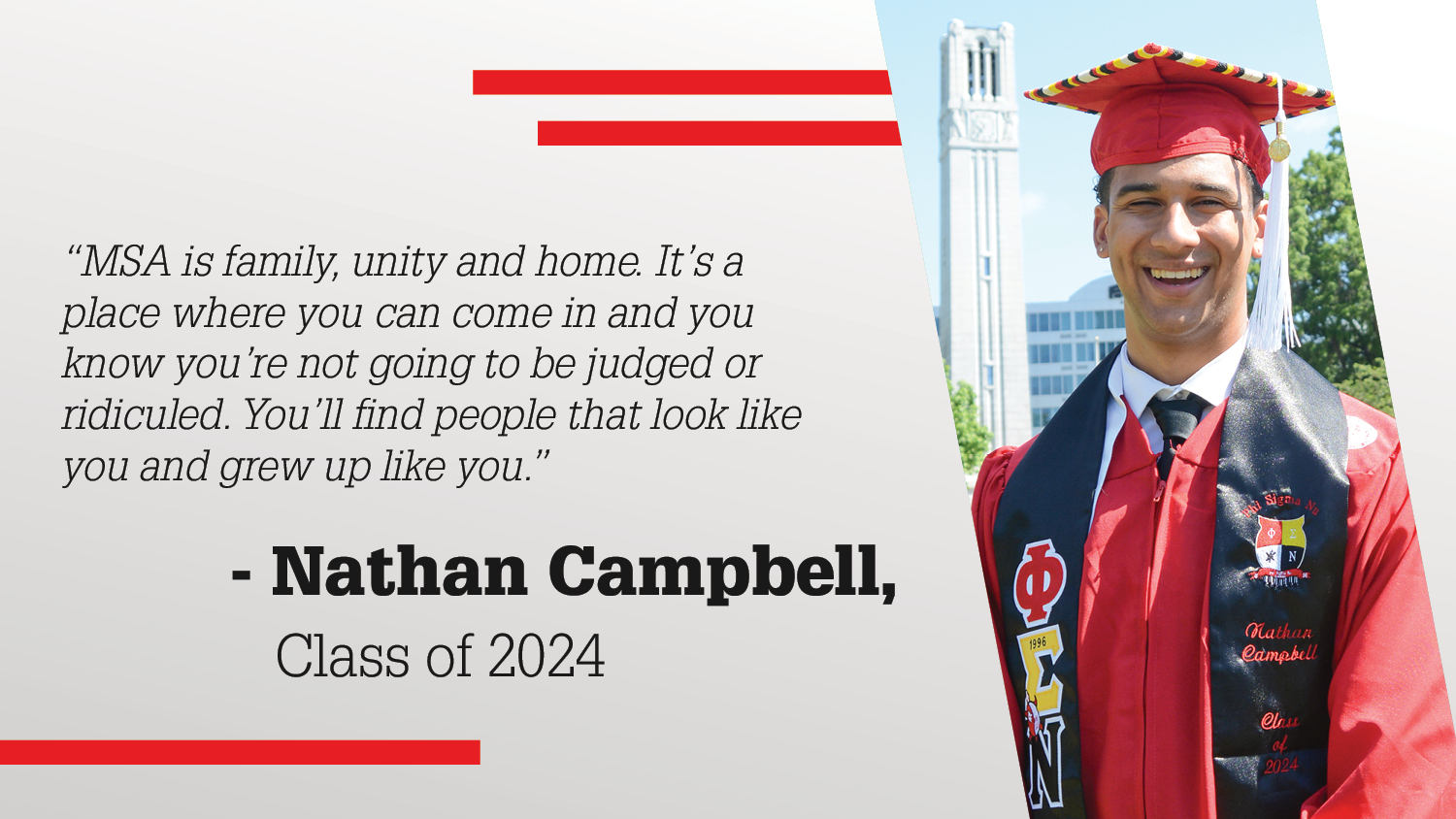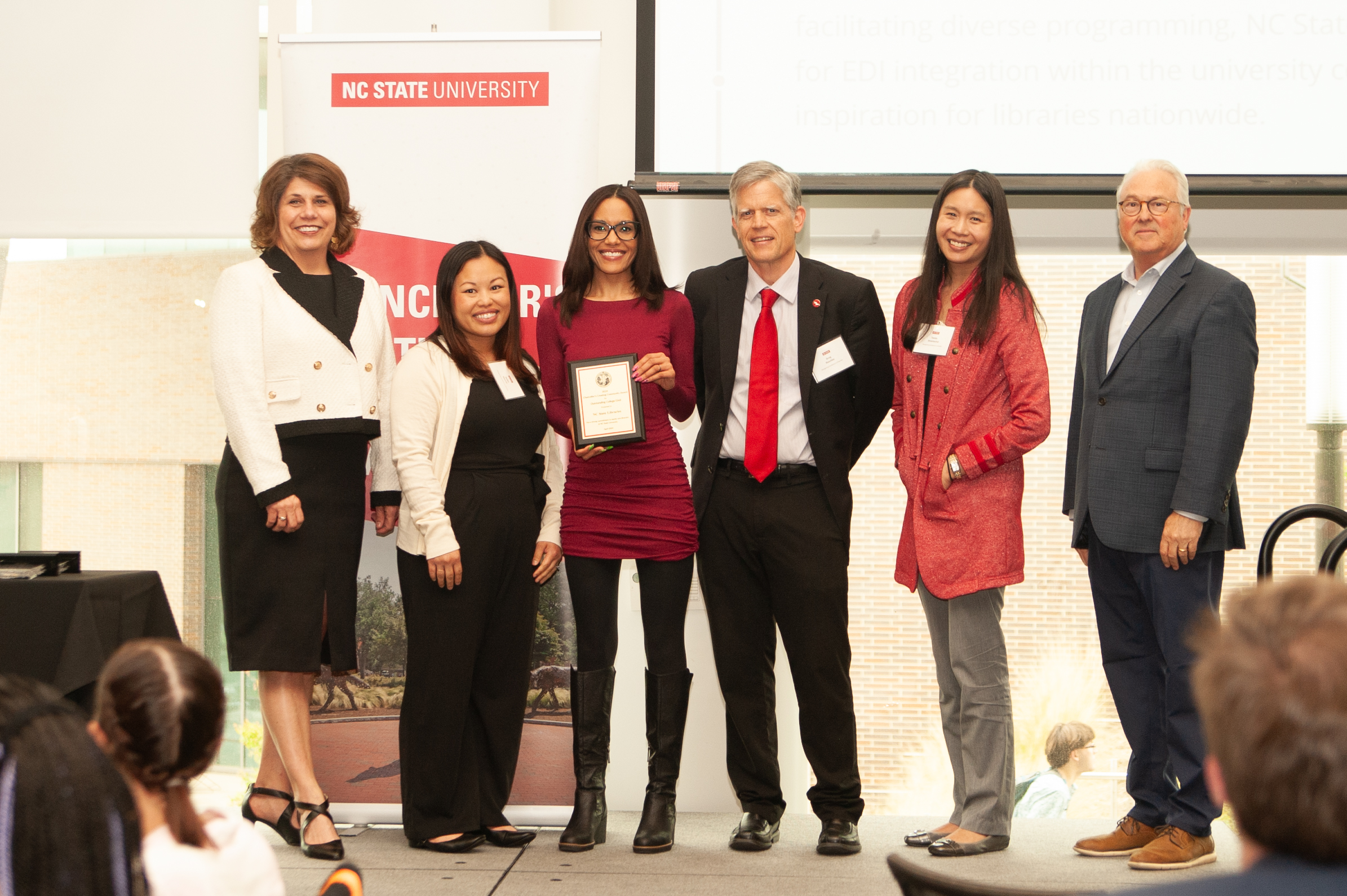Is Hybrid Delivery Something You Should Consider?

As we transition back to campus this summer and fall, we reflect on the pandemic and its many lessons. We recognize it as a medical crisis, an historical event, but also as a learning opportunity.
What lessons did you learn? What modifications did you make that could benefit your constituents as we return to some of our previous operational patterns? How can you be as inclusive as possible?
If you reached new audiences on the virtual platform, you might want to consider how many of those students or participants still need alternative methods of learning or participating. Not everyone might be ready or able to return to campus for various reasons.
Useful modifications could include purchasing and deploying an Owl device to simultaneously stream an in-person event for remote attendees or providing an asynchronous method of participating in your event, such as a recording or website.
The American Psychological Association suggests several tactics instructors can use to capitalize on new possibilities for teaching and learning, such as leveraging technology to incorporate more interactivity into courses, creating more accessible materials or seeking support from campus technology resources to design innovative learning experiences.
In addition to new delivery methods, we encourage instructors to consider the lessons the pandemic has taught us about the value of providing more flexibility for students, cultivating community and setting reasonable expectations that prioritize mental health and well-being. It has never been more clear that a student’s basic needs for living must be met before a fully optimal learning experience can occur.
We now have an opportunity to examine our old methods, discard the practices that did not serve us well in the past and adopt new ones that better serve all of our students in ways we never could before.
For example, the National Research Center for College and University Admissions reported that the virtual recruitment environment may have provided underserved students more information about colleges due colleges’ pivot to social media, which is used more frequently by non-White students for college searches.
University Business reported that many of the dire pandemic predictions for higher education did not come true. The rapid adaptation by most institutions largely averted the fear that colleges would experience a financial crisis, lose multitudes of students and fail to make the necessary changes to stay afloat. On the other hand, the reopening of campuses has proven that students still need, desire and miss an in-person campus experience.
The Ohio State University’s College of Education and Human Ecology reminded us that the college experience is more than just classes. “Student interaction is integral to the college experience,” says Matthew Mayhew, a professor there. Other takeaways are the need for student-centered teaching that gives students more power to drive their own learning, and the resilience of students.
Mayhew speculated, “Returning students may crave and learn from human interaction to a greater degree than ever before. Imagine the explosion of learning that could take place when students more explicitly place a value on human relationship and connection.”
- See also Innovation Task Forces Explore Lessons Learned During the Pandemic and (NC State News, June 23, 2021).
Photo, top: Meeting Owl, as pictured on the Zoom Blog
Elizabeth Snively writes for the Office for Institutional Equity and Diversity.


